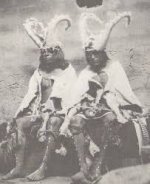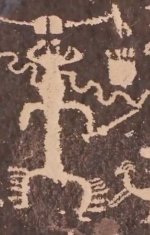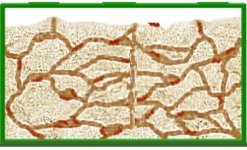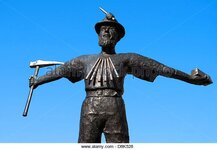Bruce R
Bronze Member
- Mar 18, 2016
- 2,269
- 2,095
- Detector(s) used
- Whites coinmaster
- Primary Interest:
- Metal Detecting
I’m finding it hard to believe that somebody in the 1600’s got enough guys together to dig what they’re all speculating is there, even with a large work force it could take decades. After all, only so many guys can fit into the hole at one time. What tools were used ? I seem to remember reading that, at that time, steel shovels were only made in Sheffield and the British government didn’t allow them to be exported. Doesn’t seem likely that they would dig a deep hole on an island for fear of sinking it, at that time people still thought islands floated around because they were so hard to find with any regularity, due in course to the crude navigation of the time.









